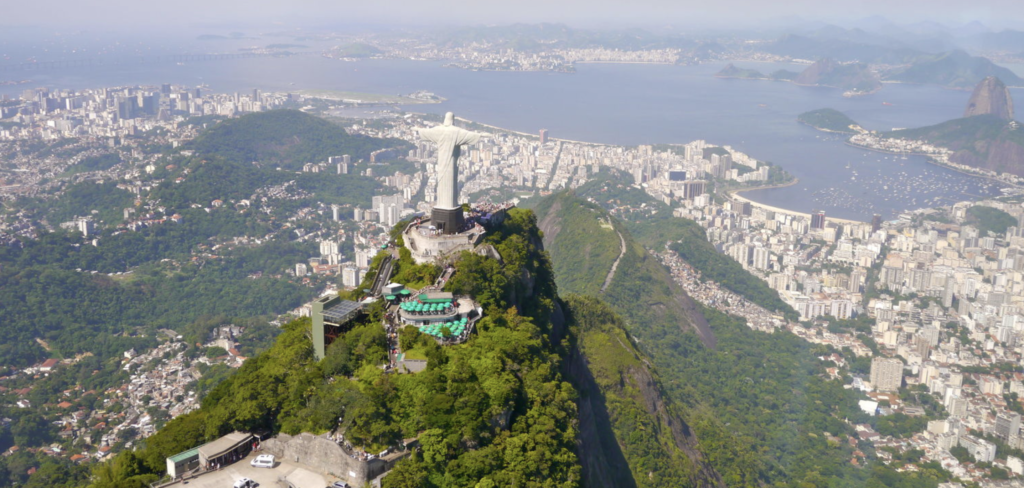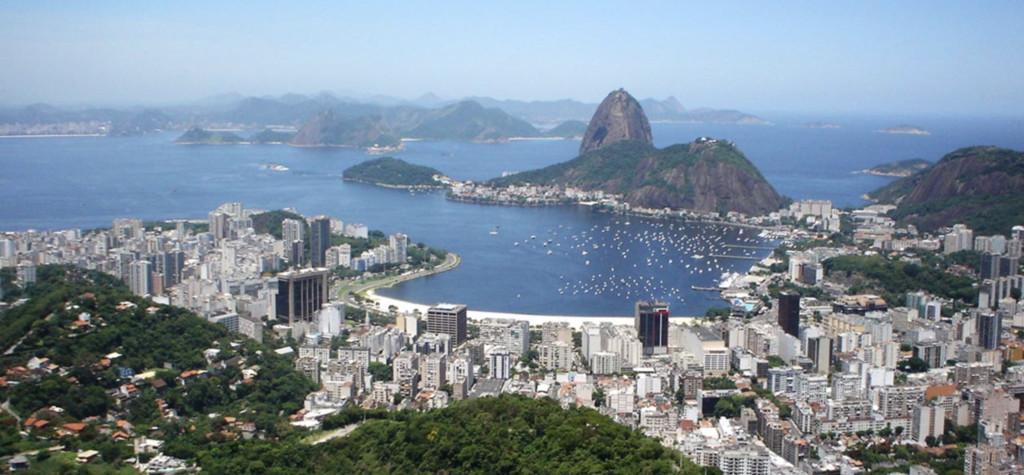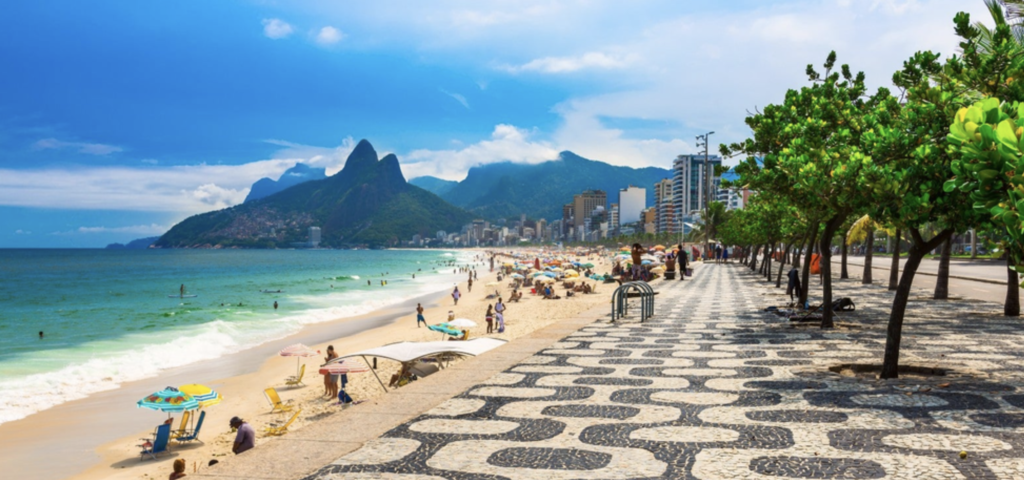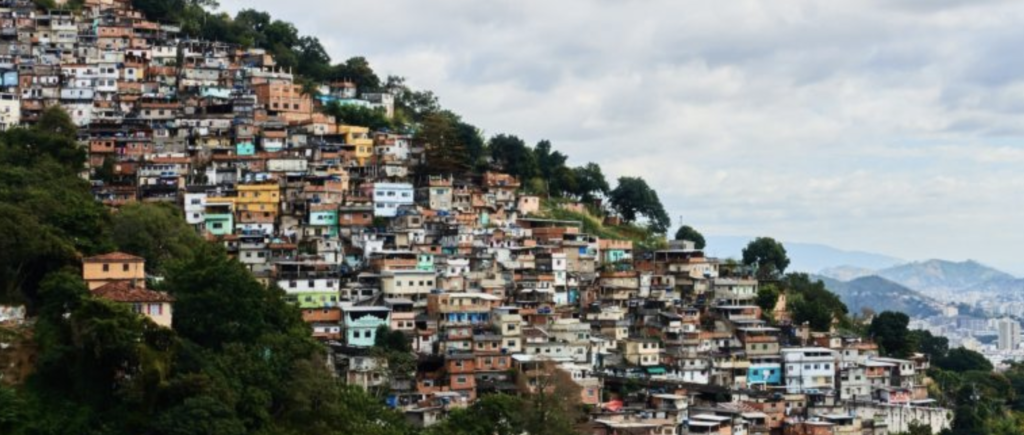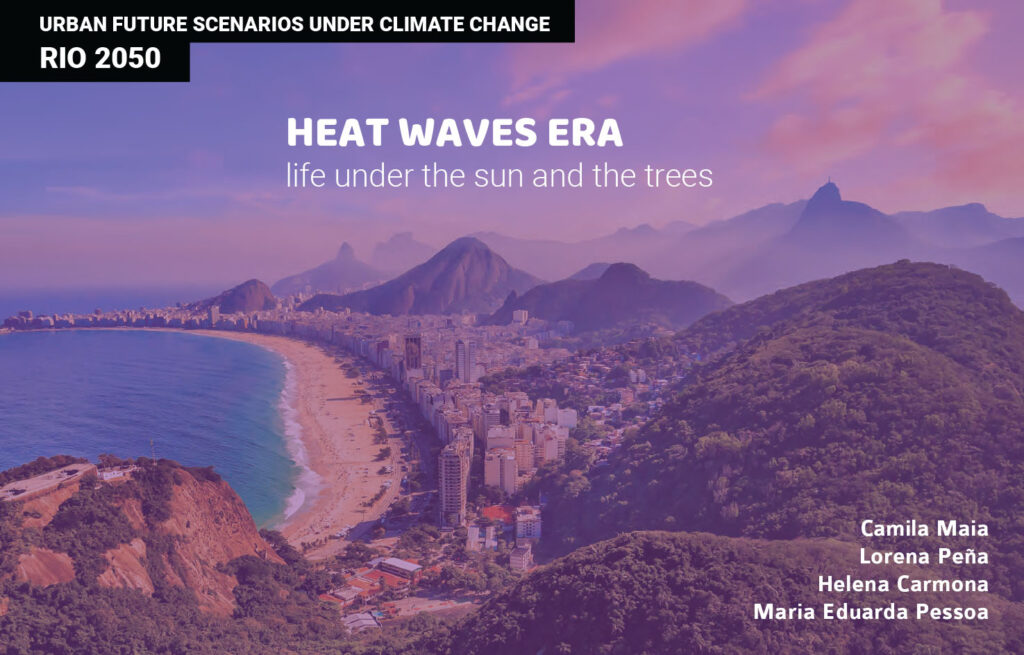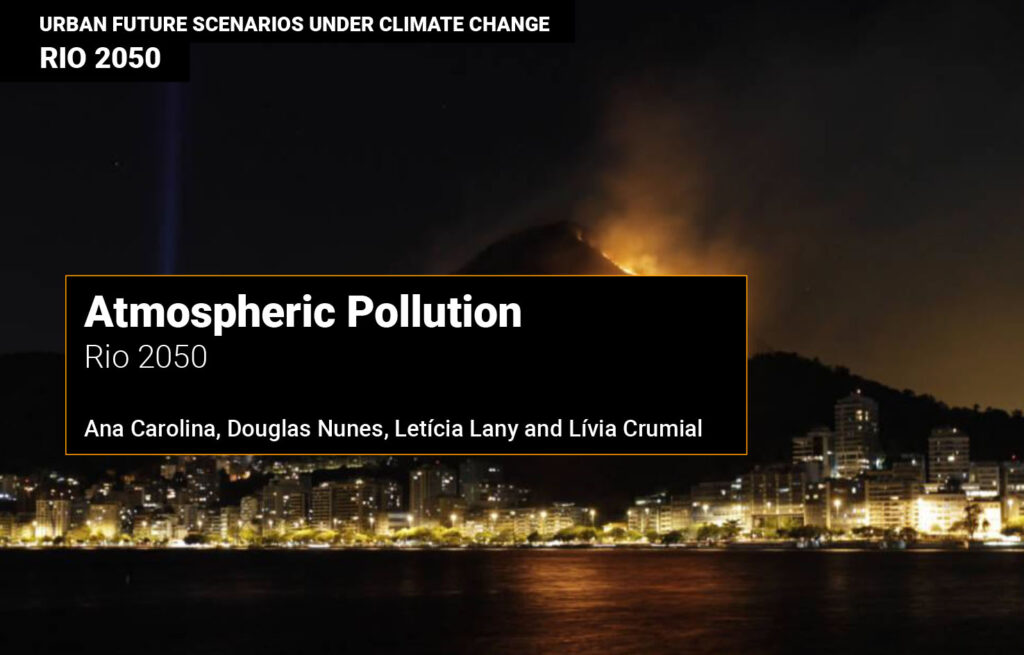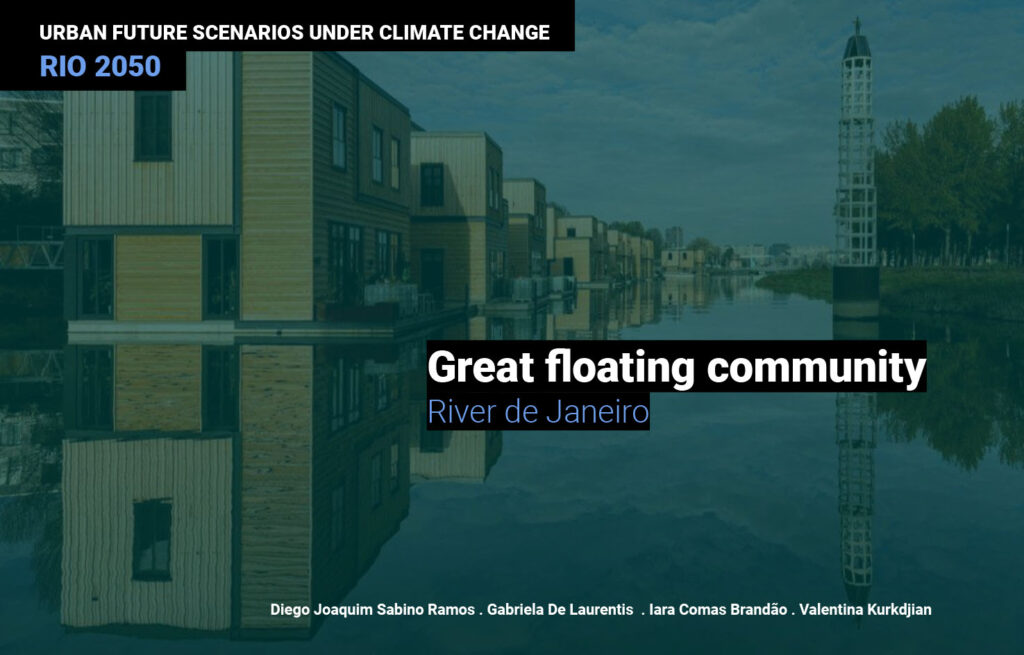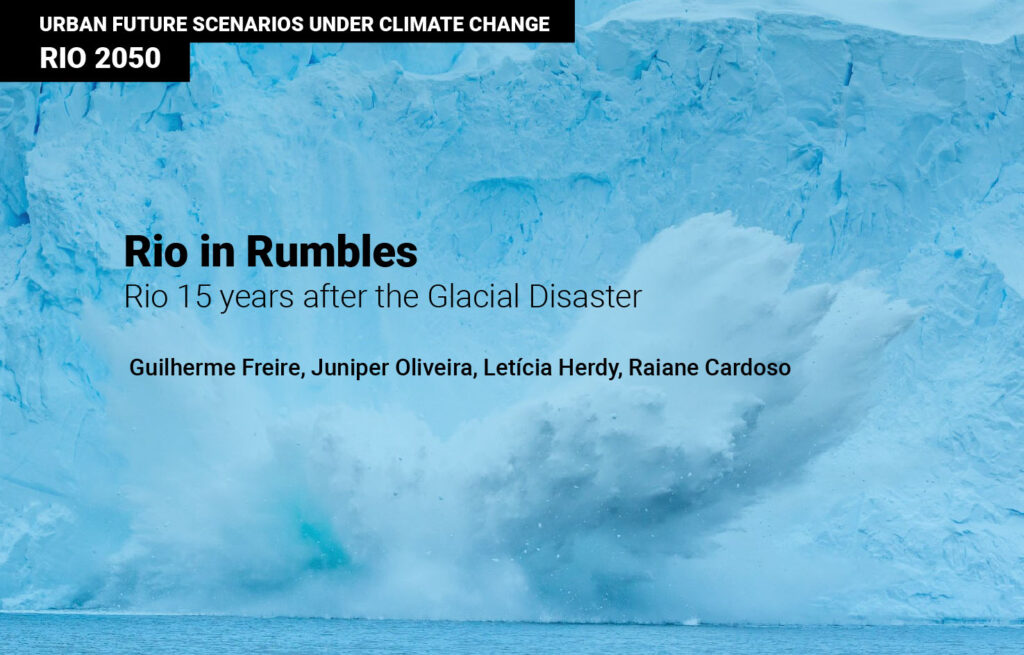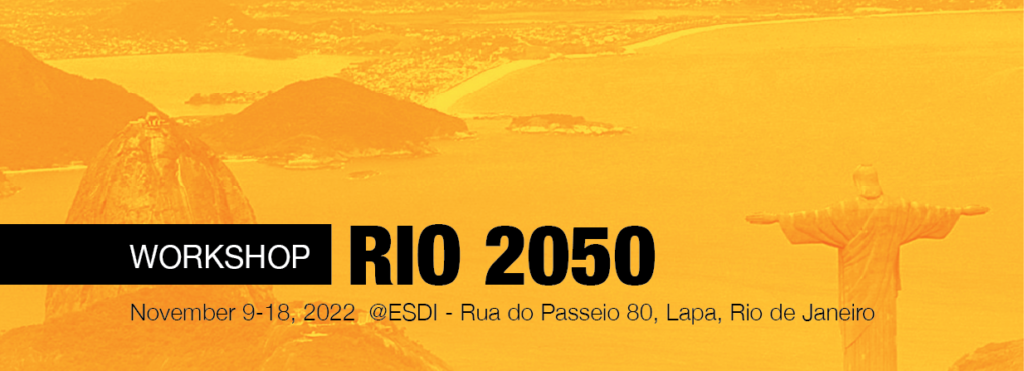
How will the city of Rio de Janeiro look like in 2050?
The workshop Rio 2050, part of the Urban Future Scenarios under Climate Change project, took place in November 2022, at ESDI (The Design School of the State University of Rio de Janeiro). It was an intensive 6 days workshop with 23 participants who worked together in small groups, producing a total of 6 different Scenarios for the City of Rio de Janeiro in 2050. The main objectives was to speculate about the future of Rio de Janeiro based on a critical assessment of relevant climate change-related reports and a critical overview of current ways of designing made present in the city.
The work done during the workshop can be divided in 4 steps:
Assimilation. Reviewing scientific reports related to climate change and keeping in mind the main elements as support for speculating.
Speculation. Devising multiple possibilities for the future of the city taking into account the expected unfoldings of climate change. The guiding question of this stage is “what if….?”
Imagination. Building a coherent scenario by putting together some of the possibilities envisioned in the previous stage in a single vision.
Materialization. Materializing the scenario articulating textual and visual elements. For the workshop, this was done following a template divided in 4 section: “Rio 2050 in a nutshell”, where the main ideas guiding the scenario were synthetized in short texts and a few images; “News from Rio 2050”, presenting headlines, leads and images of relevant facts in a Newspaper simulation; “A day in Rio 2050”, showcasing a day in the life of the participants (or a fictional persona) were they to live in 2050 Rio de Janeiro; “Before the end”, an open section, with no rules.
Workshop coordinators
Anders Michelsen (University of Copenhagen)
Daniel B. Portugal (State University of Rio de Janeiro, Brazil)
Wandyr Hagge (State University of Rio de Janeiro, Brazil)
João Sarmento (State University of Rio de Janeiro, Brazil)
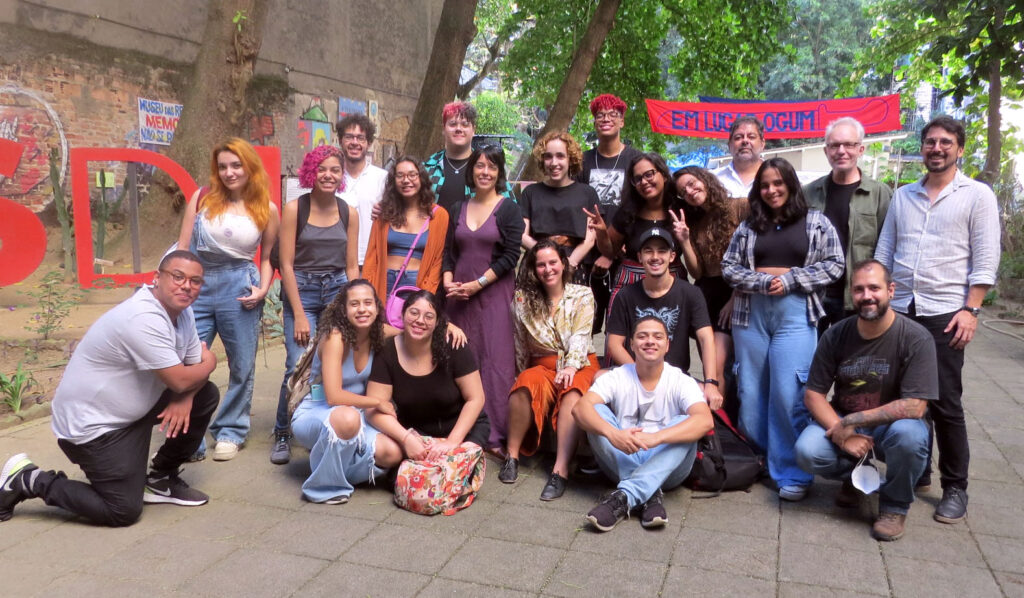
Resulting Scenarios
Making-of
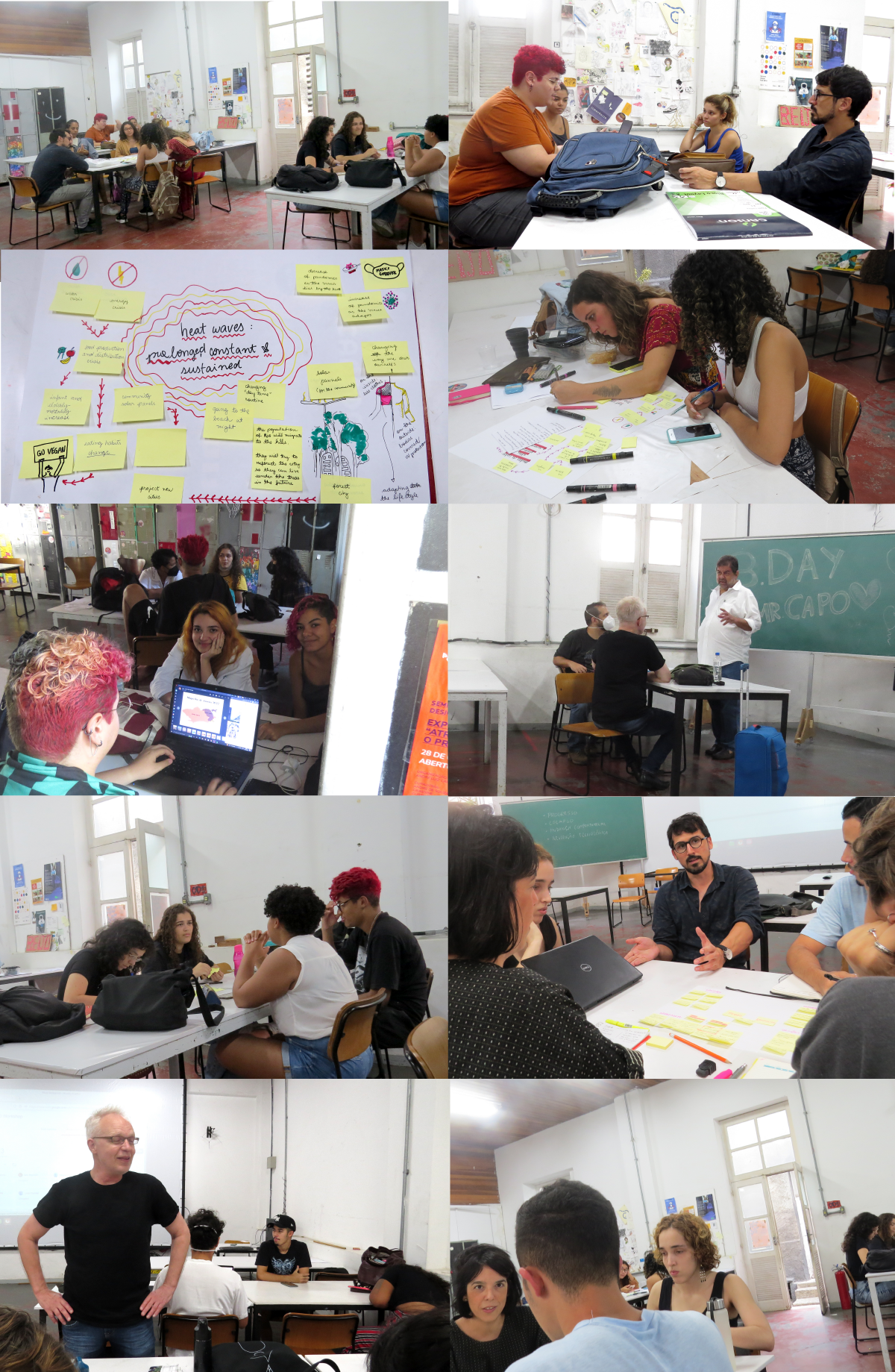
Participants
Context: Rio 2022
The most common images of the city of Rio de Janeiro are those related to its landmarks, such as the statue of Christ the redeemer, the Sugar loaf, the sidewalks of Copacabana and, of course, the many beaches. Cariocas (the natives of the city) are know for their easygoing lifestyle and congeniality. But such a rosy picture is only a small part of a very complex city, with rampant inequality, problems of infrastructure, administration, disorderly growth and poverty. The favelas (slums) are often located on the hills surrounding the city, which makes inequality even more apparent. Most of the scenarios produced in the workshop foresee that the challenges related to climate change will be inseparable from the social challenges, and tend to make them worse.
